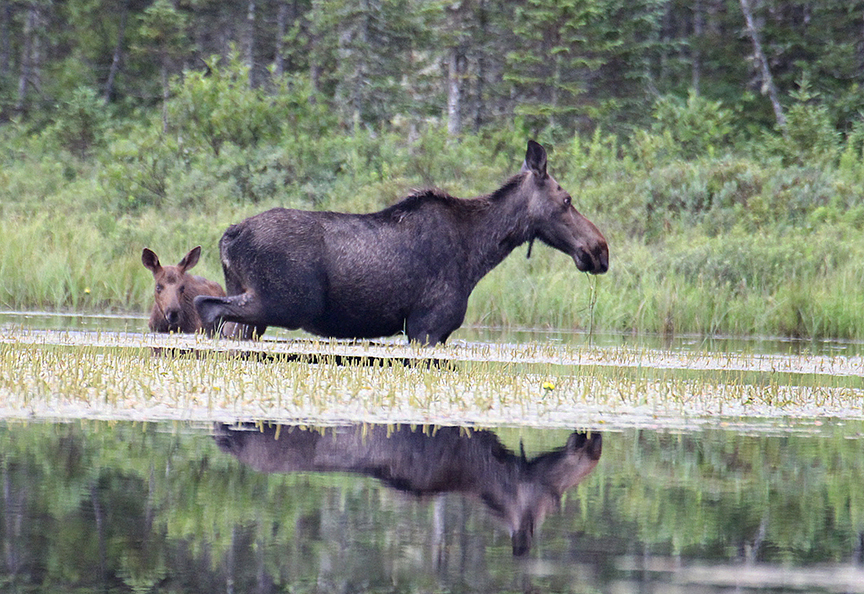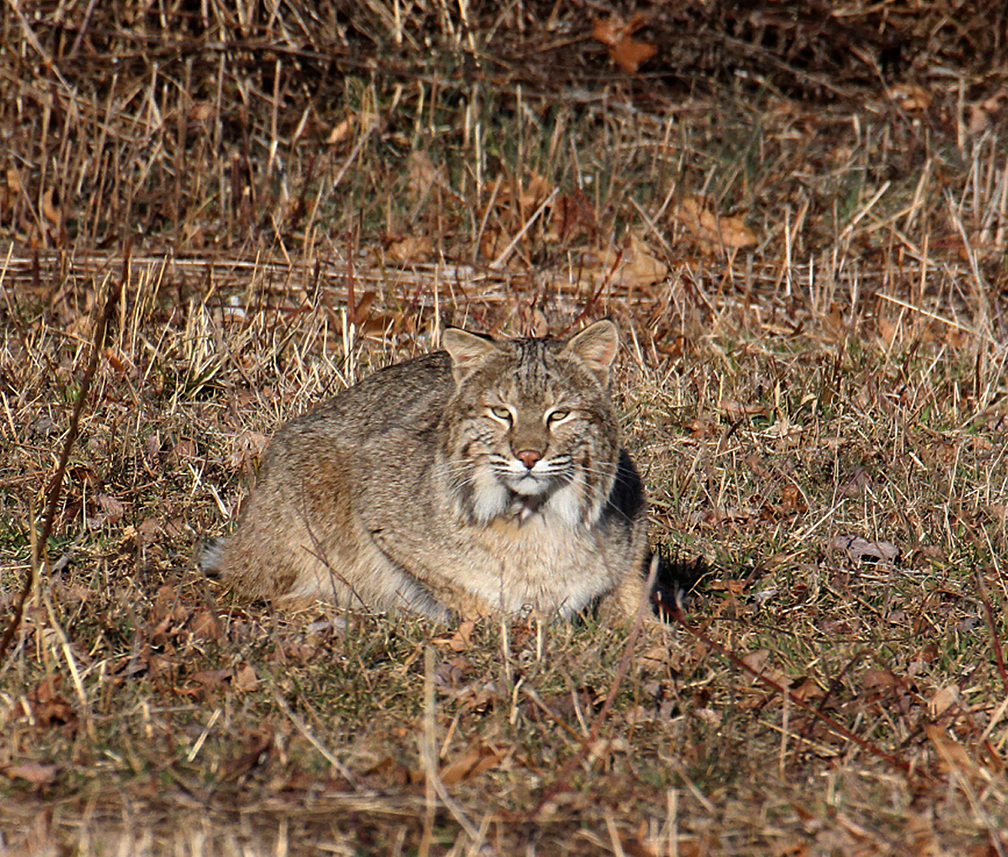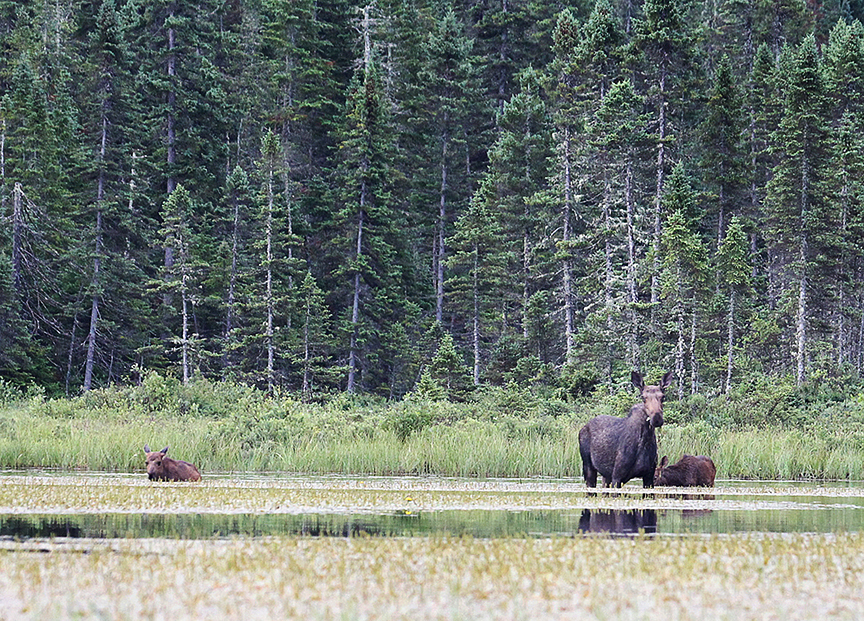Changes In The North Country

PHOTO: A cow moose and a calf eat aquatic vegetation from a pond in northern New Hampshire, July 2020. Photo by Chris Bosak

by Chris Bosak
Weirs Times Columnist
It’s going on 30 years that I have started making frequent trips to the northern tip of New Hampshire to look for moose and other wildlife. Thirty years? Hard to believe.
I’ve seen a lot of changes in the Great North Woods over the decades, some positive and some negative. Granted, the trips have become less frequent lately, but I still try to make it up at least once a year.
A positive I have noticed is an increase in loon and bald eagle sightings. Both those species have bounced back from low population numbers and now seem to be doing much better. That is thanks in large part to groups like the Loon Preservation Committee, which is based in Moultonborough.
The biggest negative, by far, is the precipitous decline in the moose population. It used to be that a drive along Route 3 in Pittsburg, especially if timed properly, would yield three or four moose sightings easily. Now the sightings along that stretch of road have pretty much dwindled to zero. Your timing needs to be just right and that needs to be coupled with a tremendous amount of luck. The other moose hotspots off the beaten path are ice cold these days as well.
New Hampshire’s moose population was estimated to be about 7,500 in the 1990s. Now it estimated to be between 3,000 and 4,000 but the population has appeared to have stabilized over the last few years, according to New Hampshire Fish and Game.
Biologists say a combination of factors has led to this decline. The most significant factor is the burgeoning winter tick population. These ticks feast on moose throughout the winter and leave the magnificent animals completely depleted. How can a few ticks bring down an 800-pound animal? Well, it’s more than a few ticks. It’s more like tens of thousands of ticks on a single moose.
Warmer and later starting winters have contributed to the tick’s out of control boom, to the detriment of our beloved moose.
I took a trip up to the magnificent Great North Woods last week and was fortunate enough to have a moose sighting. It was a cow moose with two calves. Hopefully these twins are a good sign that perhaps the moose are indeed stabilizing and even reversing this awful trend that has cut their population in half. Anecdotally, I’m not sure I fully believe that as that was my only moose sighting in four days, but I’ve always been one to hope for the best.
As I mentioned before, loons and eagles were numerous. Even smaller ponds that never used to hold loons play host to this most iconic symbol of the northern forest.
Interesting in their absence were ospreys. Many years ago, I would see several ospreys either in Pittsburg or Lake Umbagog. This year, even though I visited both places, I didn’t see a single osprey. The osprey population has rebounded tremendously over the last 20 years, so I’m not worried about the lack of sightings I experienced. I’m guessing it was just poor luck on my part.
I did see plenty of ruffed grouse, but the spruce grouse eluded me once again. There are interpretive signs all over the woods up there and all the books and magazines say that spruce grouse are up there, but in my 30 years of visiting, I have seen a grand total of zero. It’s not for lack of trying as I walked over 30 miles through prime spruce grouse habitat in the four days I was up there.
Maybe next time I will be in the right place. Hopefully next time there will be more moose sightings as well. Until then, I will enjoy the memory of this latest moose sighting and continue to follow the news about what’s going on with New England’s moose.



